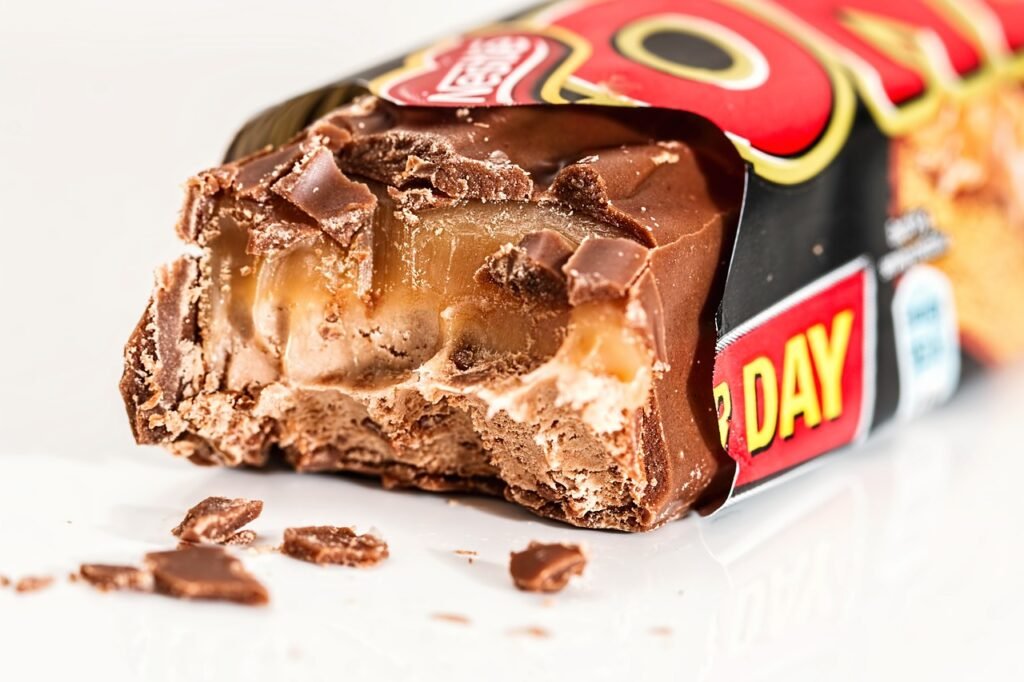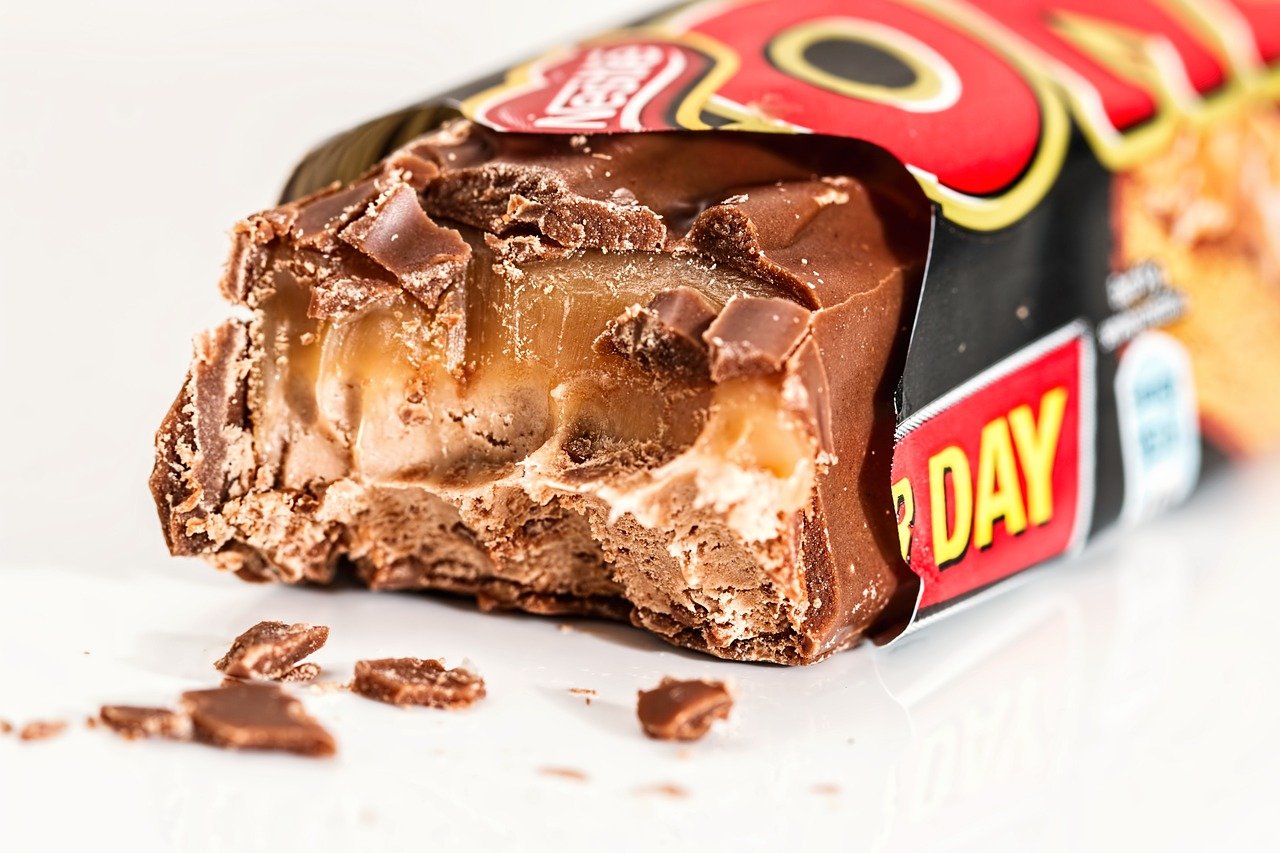Hey, triathletes! While energy gels are a popular go-to for race day nutrition, they’re not everyone’s cup of tea. Whether you’re looking to save some money, avoid stomach issues, or just want to try something different, there are plenty of alternative fuelling strategies to keep you energized through the swim, bike, and run. Let’s explore ten fantastic alternatives to energy gels that can power you through your triathlon.

1. Bananas
- Why: Nature’s energy bar, bananas are packed with easily digestible carbohydrates and potassium, which helps prevent cramps.
- How to Use: Slice them into manageable pieces and store them in a plastic bag in your bike or run belt.
- Pros:
- Natural and easy to digest
- High in potassium, which helps prevent cramps
- Convenient and inexpensive
- Cons:
- Can be bulky and hard to carry in large quantities
- May bruise easily and become messy
2. Dried Fruit
- Why: Dried fruits like raisins, dates, and apricots are rich in natural sugars and provide a quick energy boost.
- How to Use: Keep small portions in a resealable bag or container, and munch on them during the bike or run.
- Pros:
- Rich in natural sugars for quick energy
- Portable and easy to store
- Long shelf life
- Cons:
- High fibre content can cause digestive issues for some
- Can stick to teeth and be difficult to chew
3. Nut Butter Packets
- Why: Nut butters (like almond or peanut) provide a good mix of protein, fat, and carbs, offering sustained energy.
- How to Use: Single-serving packets are convenient to carry. Squeeze directly into your mouth or onto a piece of fruit.
- Pros:
- Good mix of protein, fat, and carbs for sustained energy
- Convenient single-serving packets
- Delicious and satisfying
- Cons:
- Can be heavy and dense
- May cause stomach issues if consumed in large quantities
4. Energy Bars
- Why: There are many brands that offer bars made with whole foods, providing balanced nutrition with minimal processing.
- How to Use: Cut them into smaller pieces for easier consumption on the go.
- Pros:
- Balanced nutrition with a mix of carbs, protein, and fats
- Variety of flavours and types available
- Easy to carry and portion
- Cons:
- Can be expensive
- Some bars may be hard to chew and digest quickly
5. Homemade Energy Balls
- Why: Customize these with your favourite ingredients like oats, honey, nuts, and dried fruits for a portable, energy-packed snack.
- How to Use: Make small, bite-sized balls and store them in a container or resealable bag.
- Pros:
- Customizable to your taste and dietary needs
- Natural ingredients with no preservatives
- Easy to make and store
- Cons:
- Requires preparation time
- Can be messy to handle during the race
6. Rice Cakes
- Why: Simple and easy on the stomach, rice cakes can be topped with a bit of nut butter or jam for added flavour and energy.
- How to Use: Wrap individually and store them in your bike pouch or run belt.
- Pros:
- Simple and easy on the stomach
- Light and easy to carry
- Can be topped with various spreads for added nutrition
- Cons:
- Low in calories, may not provide enough energy alone
- Can become dry and hard to swallow
7. Pretzels
- Why: Pretzels provide quick carbs and are salty, helping to replenish sodium lost through sweat.
- How to Use: Carry a small bag of pretzel sticks or mini pretzels for easy snacking.
- Pros:
- Provide quick carbs and are salty, helping to replenish sodium
- Light and easy to carry
- Inexpensive
- Cons:
- Can be dry and require water to swallow
- Lower nutritional value compared to other options
8. Honey Packets
- Why: Pure honey is a natural source of carbohydrates and provides a quick energy spike.
- How to Use: Single-serving honey packets can be consumed directly or added to other foods.
- Pros:
- Natural source of quick energy
- Convenient single-serving packets
- Easily digestible
- Cons:
- Very sweet, which some might find overwhelming
- Sticky and can be messy if not handled carefully
9. Chia Seed Energy Gel
- Why: Chia seeds are packed with omega-3 fatty acids, protein, and fibre, providing a steady energy release.
- How to Use: Soak chia seeds in water with a bit of lemon juice and honey to create a gel-like consistency, then carry it in a small, resealable container.
- Pros:
- Packed with omega-3 fatty acids, protein, and fibre
- Provides a steady energy release
- Easy to make and customize
- Cons:
- Requires preparation and time to soak
- Gel-like texture might not be appealing to everyone
10. Chocolate/Sweets
- Why: Hyper-palatable, carb and fat heavy, and easy to eat.
- How to Use: Carry either bars or snack bags with whichever snack you like. These may be best saved for portions of the race when you need a pick-me-up!
- Pros:
- Calorie dense and easy to digest
- Quick boost of energy
- Hyper-palatable
- Cons:
- Lower nutritional value
- Certain items may melt
Tips for Using Alternative Fuels
- Test During Training: Just like with energy gels, it’s crucial to test any new fuelling strategy during your training to ensure it sits well with your stomach and provides the energy you need.
- Hydration is Key: Many of these alternatives require you to drink water alongside them to aid digestion and absorption.
- Mix and Match: Feel free to combine different alternatives to keep your nutrition varied and exciting throughout the race.
- Portion Control: Prepare and portion your fuels into easy-to-access sizes to avoid fumbling during transitions or on the move.
Conclusion
Fuelling your triathlon doesn’t have to rely on energy gels. With a bit of creativity and preparation, you can find plenty of natural and cost-effective alternatives to keep you energized and performing at your best. From bananas to homemade energy balls, these options cater to a variety of tastes and digestive preferences.
Do you have a favourite alternative fuel or a recipe for homemade energy snacks? Share your thoughts and tips in the comments below! Let’s fuel our bodies right and conquer those races with confidence. 🚴♀️🏃♂️🏊♂️
Stay tuned for more triathlon tips and nutrition strategies. Happy training!
